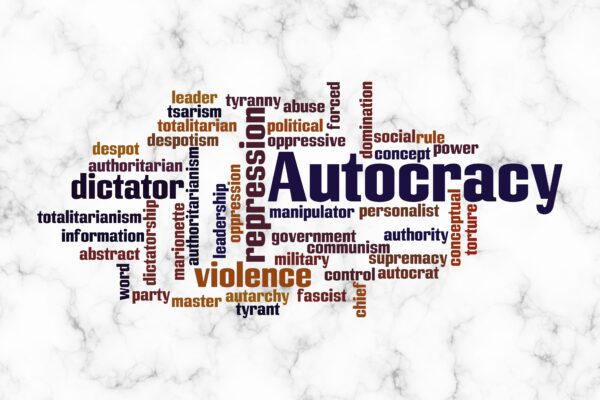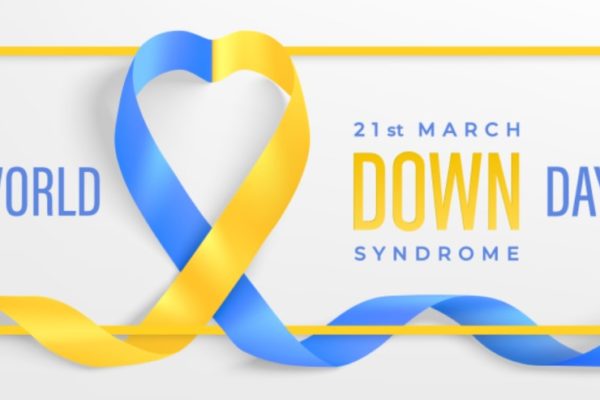It is a theme I have touched on in previous blogs, but today I thought I would dedicate this post to a topic that is often discussed, receives universal agreement about its role in the workplace, fills the PowerPoint slides of many CEOs and yet is rarely defined and typically expressed in vague, conceptual terms. The subject to which I refer is that of the workplace culture.
I have mentioned before the importance of understanding a company’s culture (in the context of deciding whether or not to join the firm as an employee) and the challenge faced to first identify it and then determine whether the stated culture mirrors the reality of the organisation. Through my research for this piece it has become apparent to me that I am perhaps asking too much in seeking a clearly articulated definition of what culture is. Instead the focus should be on the characteristics of the culture as expressed in an organisation’s mission, values and beliefs. Similarly, one should recognise these characteristics to be malleable and influenced by changing leadership and the evolving business environment. In short, you need to dig under the skin of the corporate culture statement and ensure that the statements reflect the views of the current leadership team.
Given its amorphous nature it is curious that culture is deemed to ‘eat strategy for breakfast’, to paraphrase the famous Peter Drucker quotation. Corporate strategy forms the bedrock of success – or failure – of an organisation and Drucker’s quote suggests that culture ranks above that of strategy and, as such, requires more attention than it is perhaps currently receiving. This view is compounded by the many studies that link culture with strong financial performance. Indeed, in his book the Culture Cycle[1], Professor James Heskett suggests that effective culture can account for one half of the difference in performance between companies in a similar field.
Narrowing down the key characteristics of culture is no mean task either. Each publication on the subject seems to focus on something slightly different. Some themes emerge, however, equating the characteristics to beliefs, behaviours, traditions, vision, attitudes, values, and interactions. In addition, and of growing importance is an organisation’s willingness to be both diverse and inclusive at the same time.
It is the mix and balance of these themes that, in aggregate, come close to the embodiment of the firm’s culture. One study[2] summarised the body of research on culture into four generally accepted attributes, not so much individual characteristics but additional requirements, the glue if you will: “Shared – culture is a group phenomenon; Pervasive – permeating multiple levels of the organisation; Enduring – it can direct the thoughts and actions over the long term; Implicit – people are hardwired to recognise and respond to it instinctively.
Of course, it is one thing for a firm to state their culture; it is something quite different to live it. When based on vague and aspirational statements the disconnect between stated and reality may be hard to evidence. Increasingly, however, metrics are exposing that disconnect; forcing companies to re-examine beliefs or up their game. In a recent study by Accenture[3] 68% of leaders believed they had created empowering environments – in which employees can be themselves, raise concerns and innovate without fear of failure – but that view was only shared by 36% of employees. Similarly, changes in regulation require companies to publish the pay differentials across gender, thus giving transparency to whether claims of equality are justified. In addition to the culture claims being real, it is also essential that they are lived day in day out by the firm’s leadership. It can only be viewed as genuine if espoused by those at the top.
So if culture ranks above strategy in terms of importance and if it can be formed, articulated and lived by all within an organisation and subsequently lead to outperformance, why is that the case? What is so magical about it that it can make the difference between success and failure? This point was examined in a study by McGregor and Doshi [4] in which they posed the simple solution: “Why we work determines how well we work.” If we have a belief in what we do, we are much more likely to succeed at it. They cited a 2013 research study which asked 2,500 people to analyse medical images for ‘objects of interest’ and were paid per image analysed. One group were told that the output would be discarded; another group was told the objects were ‘cancerous tumour cells’. The latter group spent more time per image, resulting in higher quality work notwithstanding they received 10% less pay as a result of their increased diligence.
McGregor and Doshi went on to determine six key reasons why people work: play (motivated by the work itself), purpose (you are aligned to the outcome of the work), potential (the work enhances your potential for, say, promotion), emotional pressure, economic pressure and inertia (it is something you’ve always done). The first three of improve performance, while the latter three can detract. Firms that have built cultures that succeed emphasize the first three factors and provide structures to de-emphasize the negative drivers.
In wrapping this up I don’t feel any further forward than when I embarked upon my research. I have learnt more about workplace culture and why it is a crucial element of driving success, but still have a nagging feeling that the answer is out there, to be discovered if only I dig deeper. If you have the answer, please get in touch!
[1] The Culture Cycle: How to Shape the Unseen Force that Transforms Performance, James Heskett [2] How to manage the eight critical elements of organisational life, Boris Groysberg, Jeremiah Lee, Jesse Price, J. Yo-Jud Cheng, HBR [3] Getting to equal 2020, the hidden value of culture makers, Accenture [4] How company culture shapes employee motivation, Lindsay McGregor and Neel Doshi, 2015






